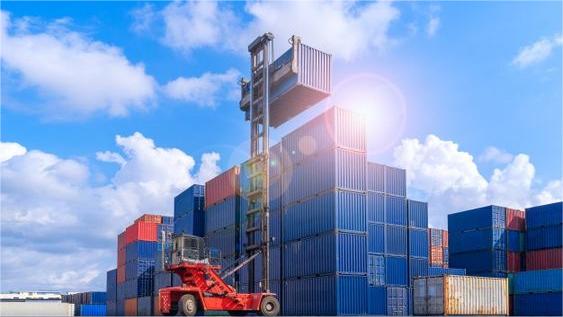- By muchen zheng
- February 21, 2025
- Tips or Guide
In the dynamic field of international freight, China – Japan Freight holds significant importance. The core keyword throughout this article, “China – Japan Freight”, will be explored comprehensively.

1. Shipping Routes and Transit Times
Diverse Routes
There are multiple shipping routes from China to Japan. Major ports in China like Shanghai, Ningbo, and Shenzhen have regular freight services to Japanese ports such as Tokyo, Osaka, and Nagoya. For example, direct routes can reduce transit times significantly. Shippers should choose routes based on their urgency and cost – effectiveness.
Transit Time Variations
Transit times can range from a few days to over a week. Factors like the type of cargo, shipping method (container or bulk), and port congestion influence this. Generally, express services via container ships can deliver goods within 3 – 5 days, while slower, more cost – effective options might take 7 – 10 days.
2. Customs Regulations
Customs Duty and Tax
Japan has its own customs duty and tax system. The amount depends on the type, value, and quantity of the goods. For instance, luxury items usually have higher duties. Importers in Japan should be aware of these costs in advance and factor them into their business plans for China – Japan Freight.
3. Cargo Packaging
Proper packaging is crucial to protect goods during transit. Since the journey from China to Japan involves sea transportation, goods must withstand potential rough handling. Use sturdy packaging materials like corrugated cardboard boxes and cushioning materials.
4. Freight Forwarders
Benefits of Using a Freight Forwarder
Engaging a freight forwarder can simplify China – Japan Freight. Freight forwarders have in – depth knowledge of shipping procedures, routes, and customs regulations. They can handle all aspects from booking shipping space to customs clearance, saving shippers time and effort.
5. Freight Costs
Cost – Saving Strategies
To reduce costs, shippers can consider consolidating shipments, negotiating rates with freight forwarders or shipping lines, and choosing the most cost – effective shipping routes and methods. These strategies can help optimize the cost of China – Japan Freight.
6. Insurance
Selecting the Right Insurance Coverage
When choosing insurance, consider the value of the cargo, the nature of the goods, and the shipping route. Different insurance policies offer different levels of coverage. Select a policy that provides adequate protection for your specific China – Japan Freight needs.
In conclusion, understanding these 6 aspects of China – Japan Freight is crucial for anyone involved in the trade between China and Japan.


